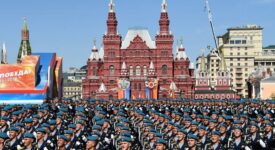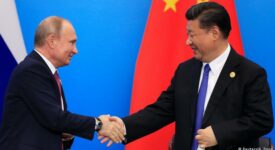In the wake of the financial crisis, there has – yet again – been an animated debate about global imbalances and foreign reserve accumulation. In the decade before the crisis, emerging markets and low-income countries accumulated reserve holdings of over 5 trillion U.S. dollars. These reserves were a powerful defense against external turbulence in 2007-2009. The IMF argued in 2011 that “countries with adequate reserves generally avoided large drops in output and consumption, and were able to handle outflows of capital without experiencing a crisis”.
However, the IMF and many others have questioned whether higher reserves are always better and argued that excess reserves held by China and other countries are destabilizing the global economy and also have damaging consequences for exports. The IMF argued in a much-discussed analysis that in the new post-crisis environment it is necessary to reconsider the adequate levels of reserves and establish a metric for the reserve needs of emerging markets and low-income countries. The Fund then concluded that “holding large reserves entails costs, both directly for each individual country, and globally as large reserves are detrimental in the form of macro-economic imbalances”.
Rules aimed at limiting foreign reserves, in order to prevent currency manipulation, have been discussed over a long period of time. Yet, there are no rules to date that come with effective disciplines – and it is unlikely that such rules can be agreed upon multilaterally, at least for the foreseeable future. What measures has China adopted to cope with these challenges??The first line of defense was assigned to the State Administration of Foreign Exchange (SAFE), part of the People Bank of China (PBOC), with the objective to diversify away from U.S. government securities. In essence, the purchasing of new U.S. Treasury bonds was going to decelerate, if not stop. Yet, this is not an adequate policy because even if China was to reduce its U.S. denominated foreign exchange reserves, this does not answer the question what China should do with all the assets it has already accumulated.
Improving the safety of its foreign reserves and the yields it can realistically expect is linked to improving China’s institutional structure for financial competition and openness. In order to transfer some of its current reserves, China should “decentralize” and move capital into the economy guided by solid market mechanisms. Financial liberalization would allow the country to consider redeployments of its foreign reserves, which would allow for greater amounts of investment from China in America’s real economy. Even if China’s foreign reserves seem destined to shrink, redeployment is necessary if China wants to gain better control over its reserves by reducing its exposure to larger systemic and macro risks.
(For a more comprehensive discussion on this topic, you may upload a Policy Brief No. 5/2015 here)







